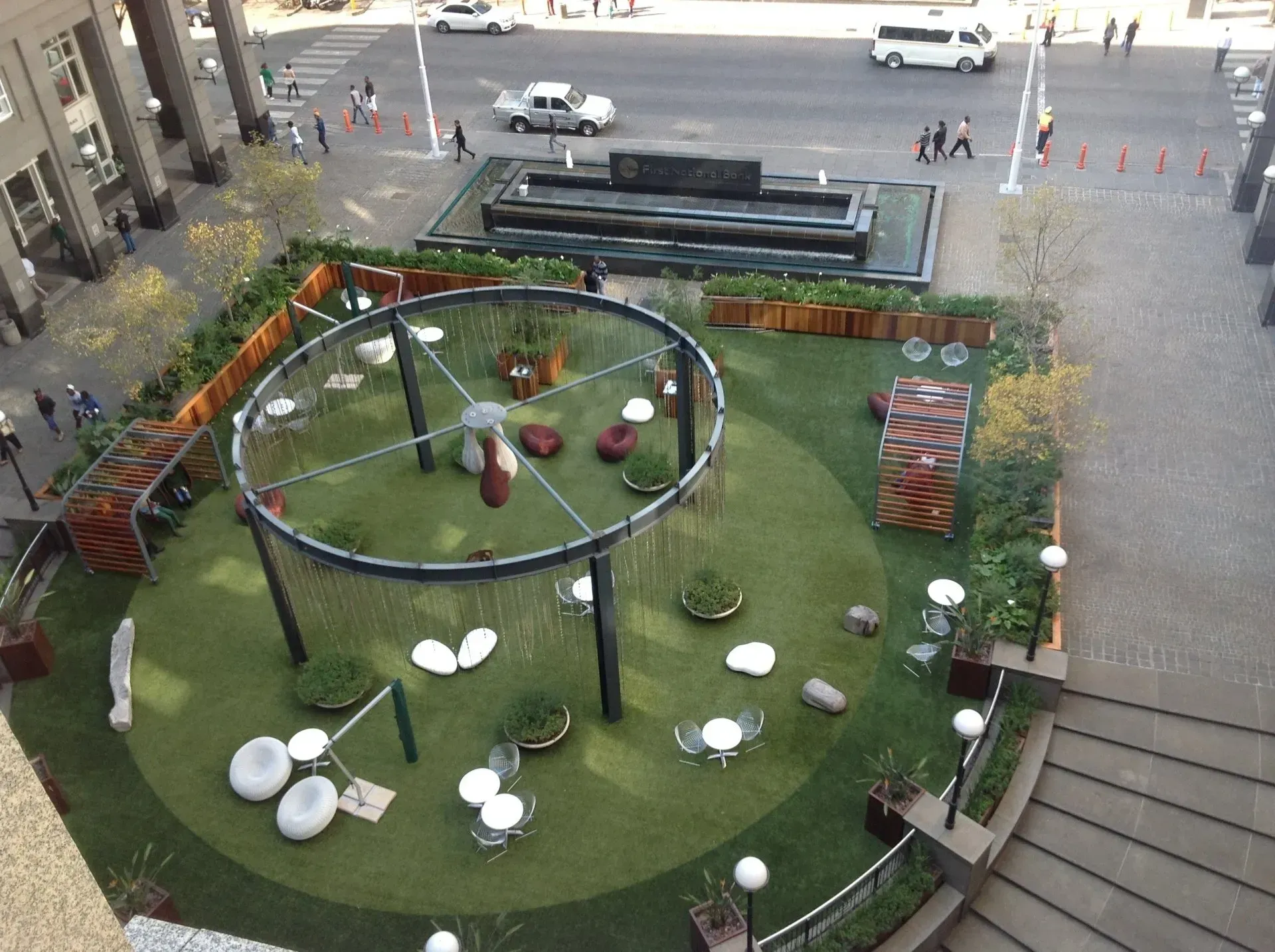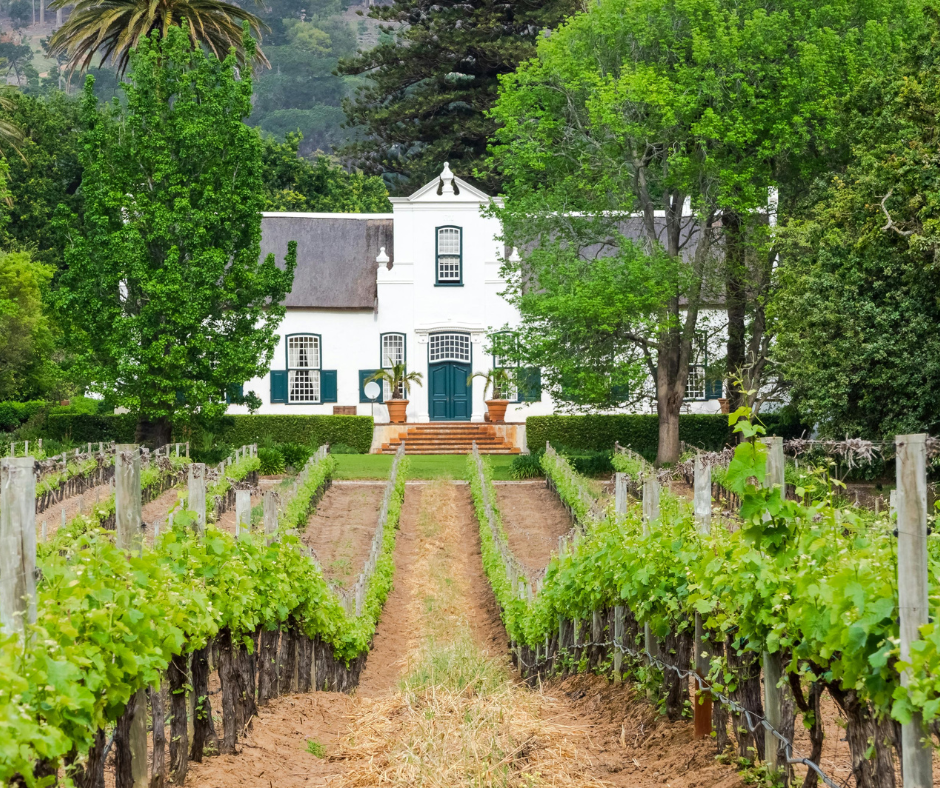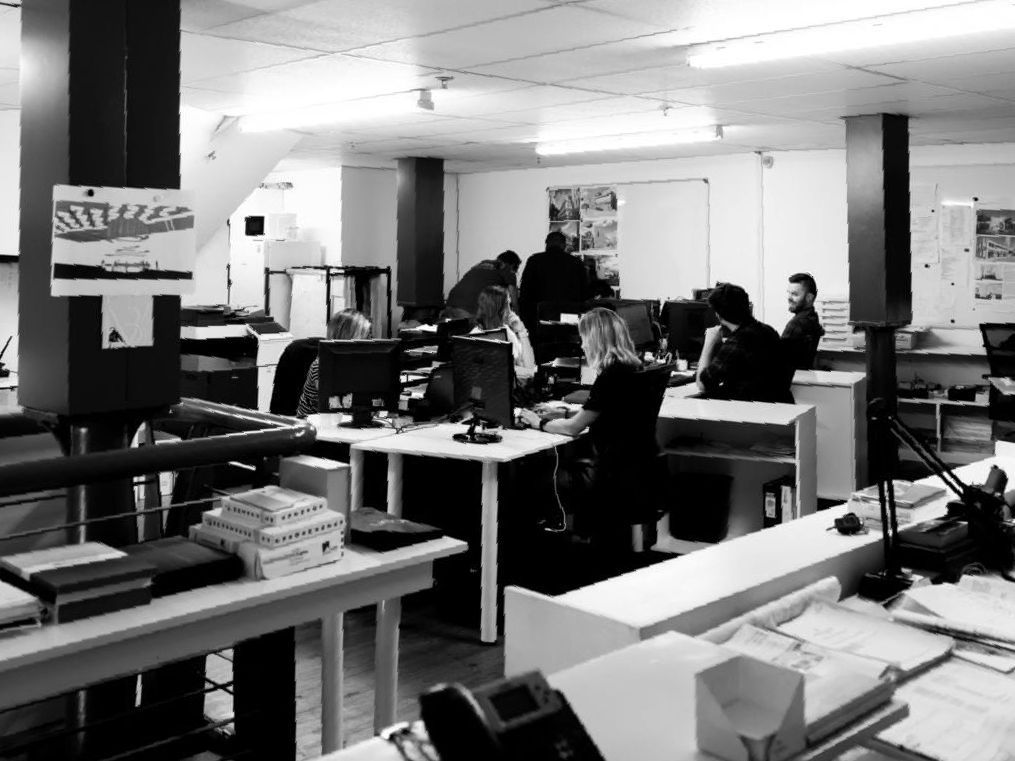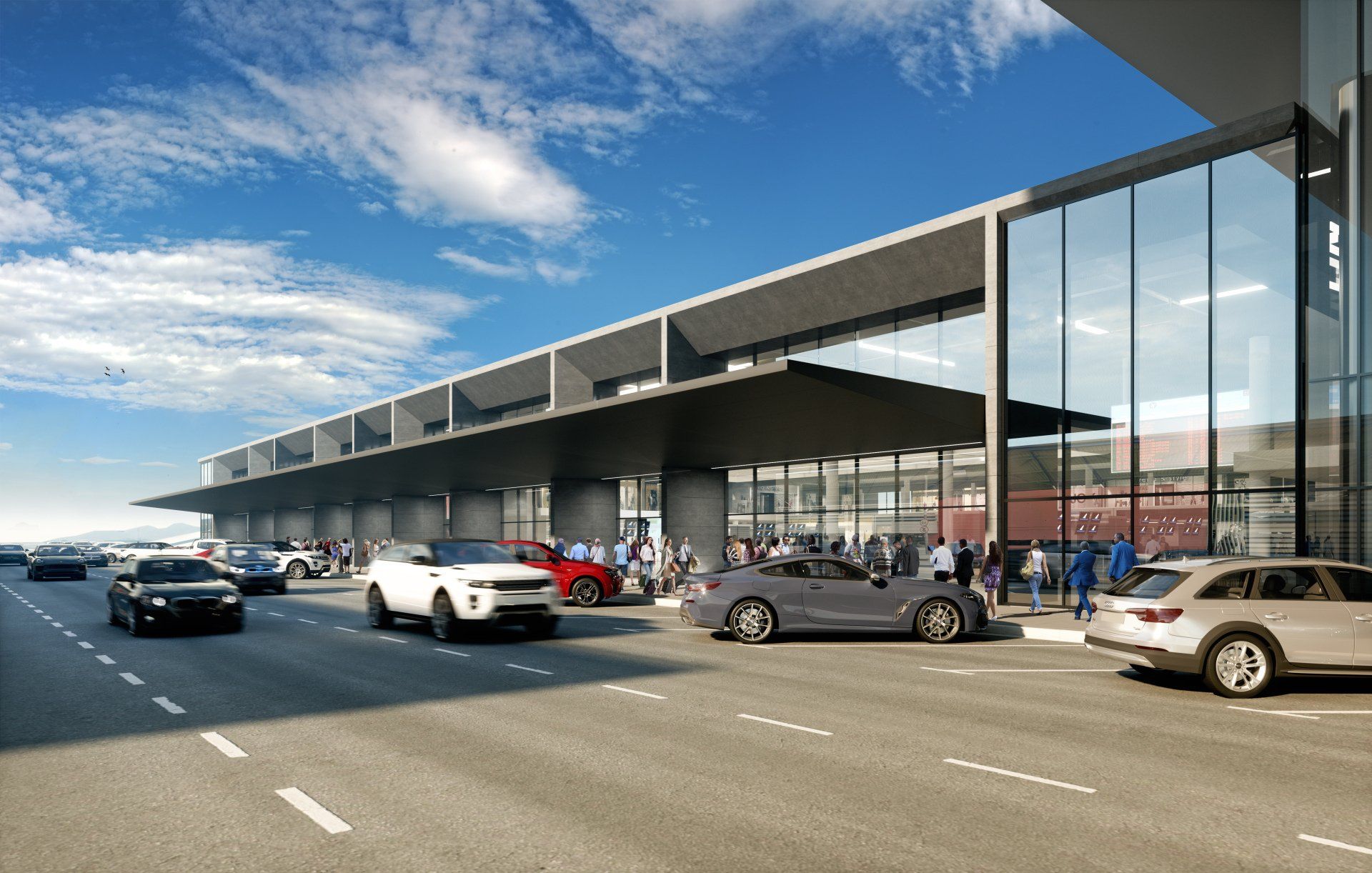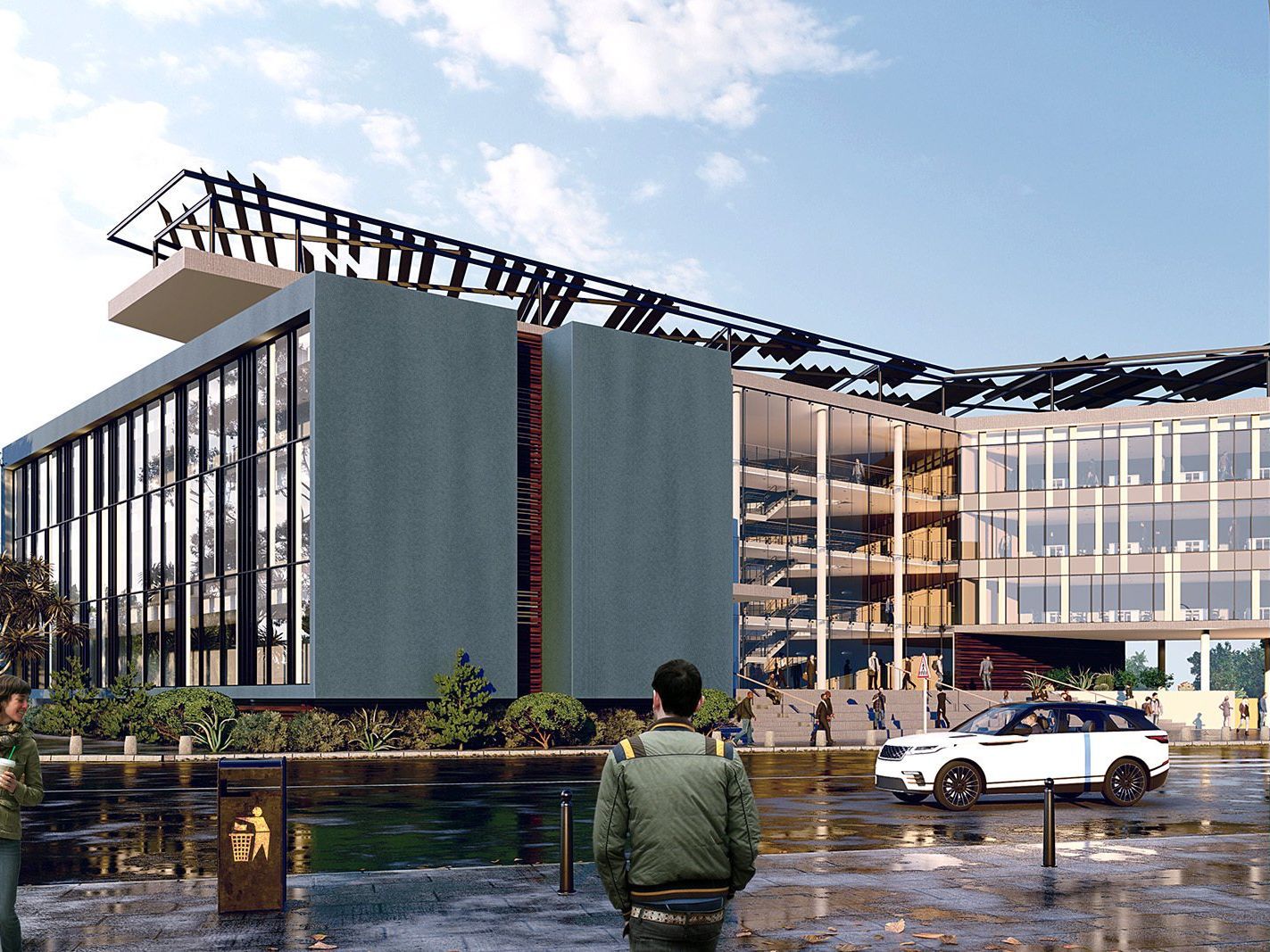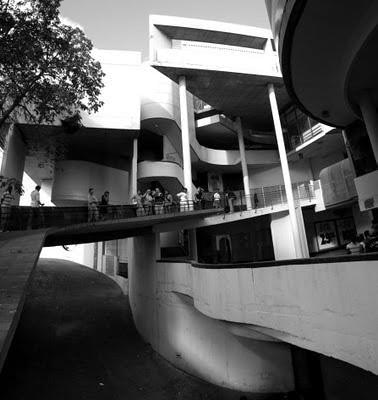Understanding your modern and traditional design preferences is integral to successful home design and renovation projects.
While some prefer a classic and traditional look throughout their home, others may favour more contemporary design. Design preferences are entirely a matter of personal choice, with no design being deemed right or wrong.
Many design projects often use elements of both traditional and modern design. But it takes a deep understanding of design elements and styles to bring them together with seamless cohesion.
Tastefully Traditional
Traditional design is a popular choice among many home owners. The idea of ‘traditional’ design will often differ depending what country you live in, as well as your culture. Generally speaking, traditional design presents a timeless, classic aesthetic, and uses rich, dark colours.
Creating a home with traditional appeal often includes the use of dark woods in the flooring and furniture. Traditional textile patterns include plaids, paisleys, florals and stripes. Traditional design incorporates a lot of detail, often in a way which has a cosy appeal to it.
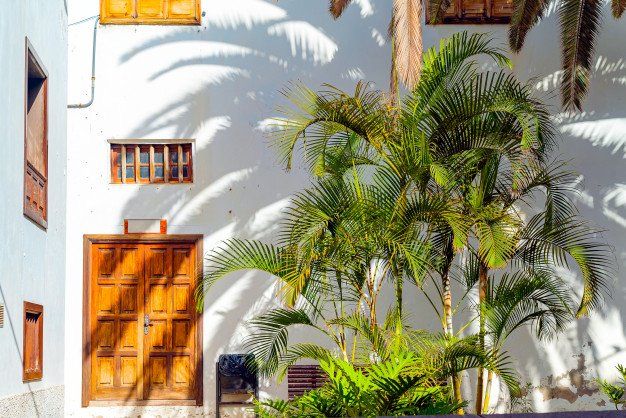
Modern Moods
Modern design is all about bold colours, rigid structures, sleek finishes, open spaces and muted tones. In architecture, modern homes often feature many elements of intentional asymmetry.
One of the most important aspects of contemporary design is minimalism. This means that spaces are free from trinkets and clutter.
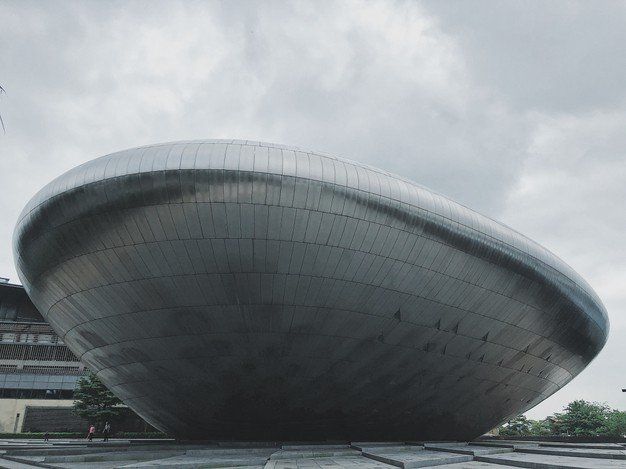
Where Do Design Preferences Come From?
Design preferences depend heavily on what you have been exposed to, rather than the tools you use. Design preferences may develop in childhood, but there is no clear-cut answer for why we are attracted to certain styles.
It’s important to remember that it is not just traditional and modern design elements that can be used in your home, there is bohemian, cottage core, minimalism, industrial, and so many more! It’s advisable to take the time to learn about different aesthetics and find what really speaks to you.
Whatever your personal preferences may be, the professional interior designers at Design Scapes are able to help you refine your vision and create a space that is practical, appealing, and true to your personal taste.
For more information about our innovative architectural services and on how we can assist you, get in touch with our team of professional architects and designers in Durban and Cape Town.

Cape Town
109 Waterkant Street
De Waterkant Cape Town
South Africa, 8001
Durban
Rydall Vale Office Park
Rydall Vale Crescent
Block 3 Suite 3
Umhlanga, 4019
Website design by Archmark


